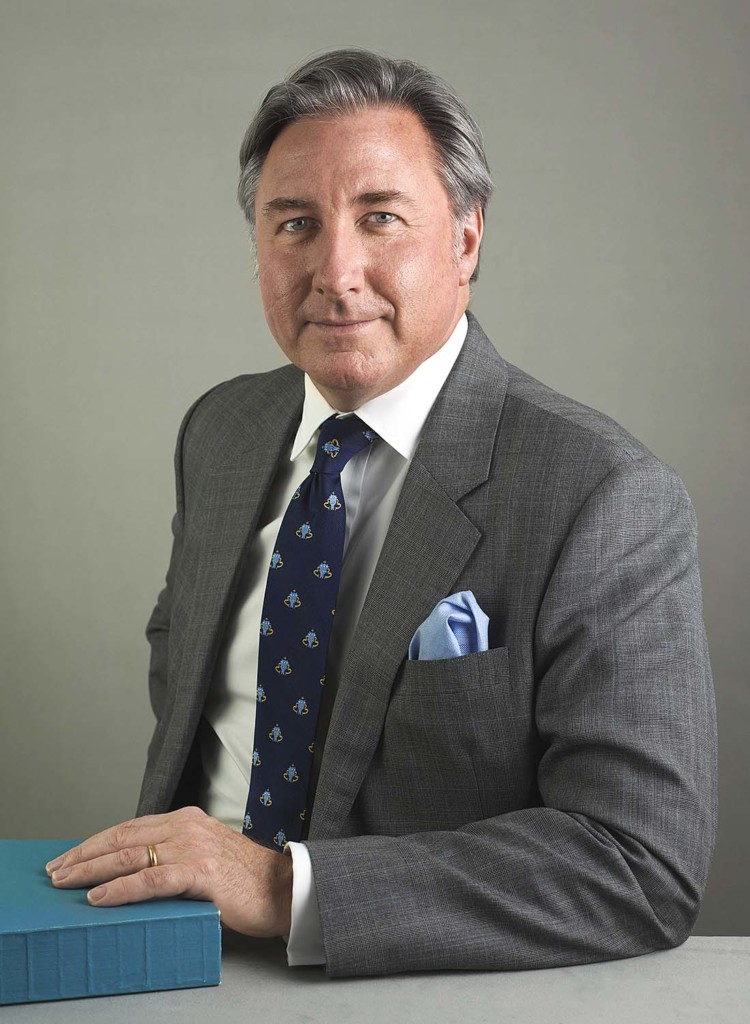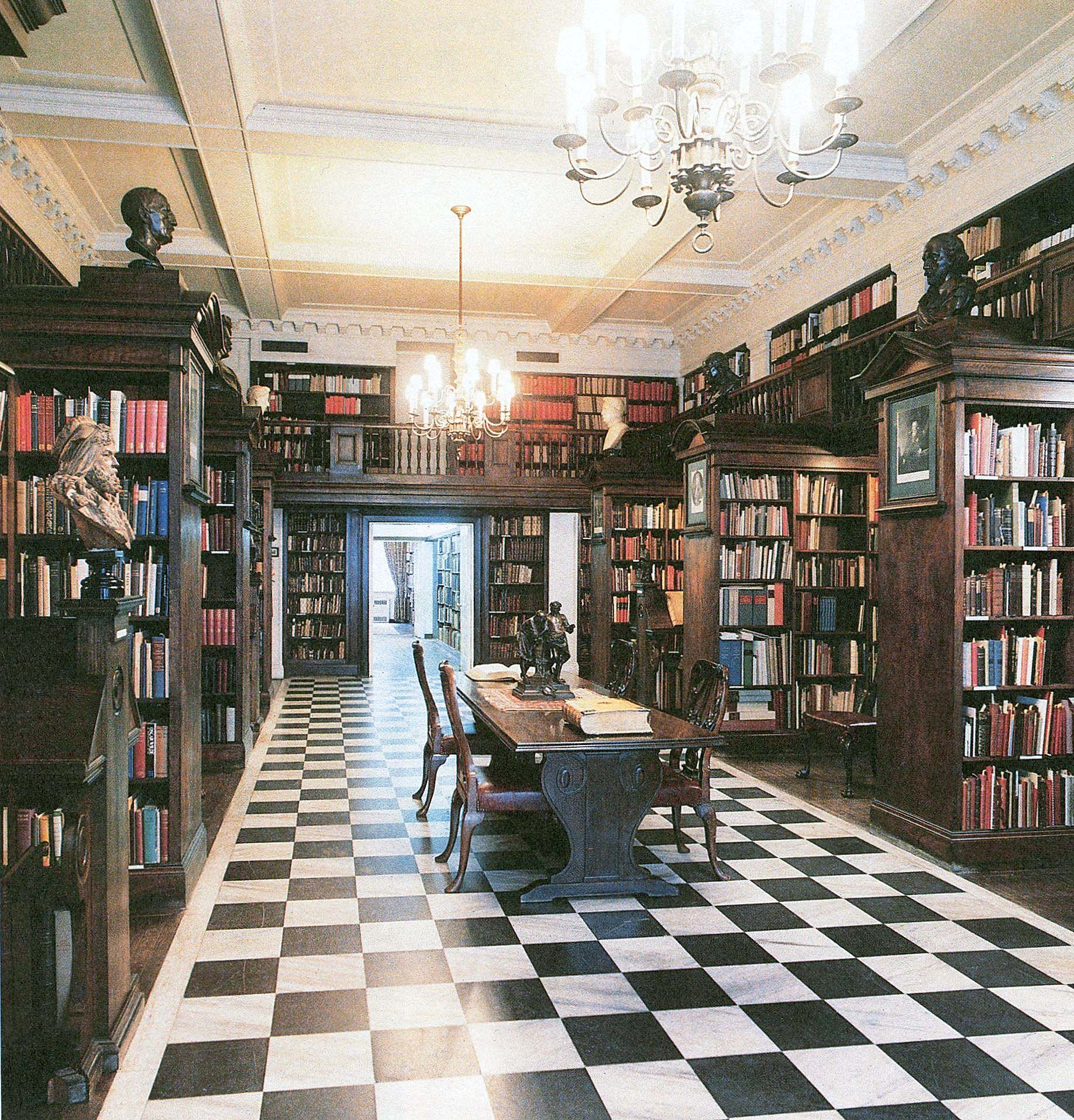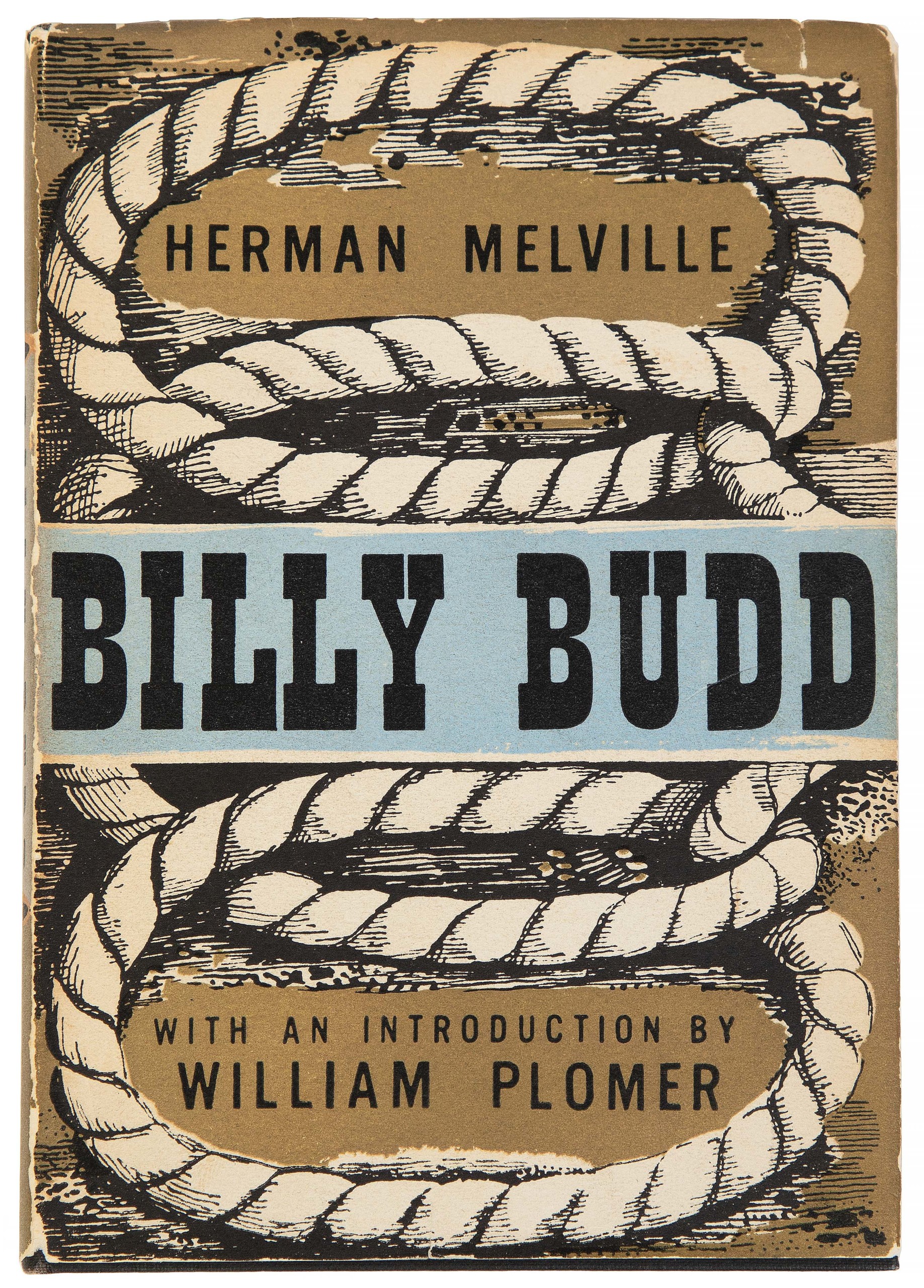#Declan #Kiely #Antiques #Arts #Weekly

Photo: Horacio Salinas Photography Inc.
Declan Kiely, the Grolier Club’s newly appointed executive director, has more than 20 years of experience working at renowned research libraries, including The New York Public Library and the Morgan Library & Museum. Antiques and The Arts Weekly caught up with him to congratulate him on the new position.
Congratulations on becoming the director of the Grolier Club! Would you share a little about what called you to this position?
I was invited to become a member of the Grolier Club four years after emigrating to the United States. At that time, I was still researching and writing my doctoral dissertation. I felt immediately welcomed and at home at the Grolier Club. Because the Grolier Club draws together an international fellowship of bibliophiles and enthusiasts in the graphic arts as well as librarians, curators and library directors, I gained access to a wealth of knowledge and experience. The Grolier Club was part of the luck I had. My conversations with fellow members not only shaped me as a scholar but also informed my career decisions, setting me on a path that led to curatorial work in libraries and special collections rather than academia. Having discovered a vocation within the Republic of Books, I feel that the role of executive director of the Grolier Club is a natural progression for me. I stepped into the role at a very exciting moment in the club’s long history, and I am thrilled to be granted this opportunity to maintain and enhance the Club’s leadership position in the bibliophilic community and beyond.
In the announcement of your position, Nancy Boehm, Grolier Club president, said you “know the Club on a personal level.” Could you share some of your experience with the Grolier Club?
A couple of years into my membership, I submitted an essay to the Gazette of the Grolier Club on bibliographic research into some early unrecorded poetry reviews by Graham Greene. Encouraged by its positive reception among members, I deepened my involvement by serving as assistant editor of the Gazette and also joined the Committee on Publications. Of course, being a collector was the foundation of my connection with club members, then and now. I come to the role of director with years of experience as a member and that will inform my thinking about what members want and expect. What makes the Grolier Club such a special organization is its conviviality, collegiality and the way in which its members share their collecting passions. It is an organization in which people form deep and lasting friendships in pursuit of lifelong learning. The Club’s exhibitions and publications, along with its eclectic range of programs generate considerable intellectual excitement. This may make it all sound a little bit earnest, but it’s actually a great deal of fun. When my twin sons were little, they would amusingly refer to the Club as the “Grolier Gang.” In recent years, I have served as the editor of the Gazette, and also as a member of Council, since 2018. Over time, I deepened my engagement with and participation in Club life — and Club life is something that we take particularly seriously.
Your background includes more than two decades working at organizations such as The New York Public Library and the Morgan Library & Museum. What are some past projects and experiences that you are most proud of?
It has been my great good fortune in life to work with extremely talented and dedicated colleagues. This has never been truer than during my experience so far at the Grolier Club. I tend to be a person who looks forward rather than back, but since you ask, I am proud of the exhibitions that I curated or co-curated and the wide network of relationships I was able to cultivate during my tenure at the Morgan Library & Museum. An especial pleasure was the opportunity to meet the direct descendants of Nobel Prize winning authors, as well as collaborating with eminent scholars and writers, and occasionally with movie directors and actors. I particularly enjoyed the process of making short films and recording audio guides for exhibitions. In recent years, my return to the New York Public Library in 2017 presented me with the opportunity to continue to build its extraordinary archival collections and inaugurate the library’s first permanent exhibition of its treasures, now in its fourth year.

The Grolier Club Library. Courtesy of the Grolier Club.
And how have those positions helped you prepare for this next step as director of the Grolier Club?
The executive director of the Grolier Club is a multifaceted position. Because the Club’s mission encompasses a research library focused on bibliophily, bibliography, the history of printing, binding, illustration, the book trade, as well as a robust exhibition program allied closely with its many and varied publications and programs, the role draws broadly on my experience in each of these areas. Over the course of my career, incrementally increased supervisory responsibility has allowed me to serve in leadership roles in research libraries, special collections and exhibition programs. Consequently, I have extensive experience in the conception and development of a wide range of strategic initiatives. In addition to strategic planning and implementation, my roles have encompassed change management, disciplined financial stewardship, governance and board relations, fundraising and donor cultivation, public engagement and outreach, and programmatic and technological innovation. My new role will touch on all these areas as we lead this illustrious institution toward its sesquicentennial in 2034.
As the Grolier Club’s director, what does a typical day at work look like for you?
I have been in the role for only three weeks, and I’m not sure that there has been a “typical” day as I have been continually learning. We have a close-knit and dedicated staff and Council, and I would say that on any given day I speak with every one of my colleagues, either in regularly scheduled meetings or on an ad hoc basis as we work on the myriad internal and outward-facing initiatives. In August, our clubhouse is closed to members and the public as we work on preparations for the upcoming autumn season of exhibitions and programs, so I have had fewer evening activities to attend to in my first weeks. Post-pandemic, the Club has successfully leveraged its programs to extend its national and global reach, engaging members and reaching new audiences in unprecedented ways. The Club recently launched a virtual common room — a Zoom meeting room that is available continuously, seven days a week, 24 hours a day, for any members to join and enjoy bookish conversation. So far, the Virtual Common Room is now being used on a regular basis for the virtual happy hours, monthly Collectors Showcases, monthly New England Members Gatherings. This past week we held our first Virtual Common Room poetry evening, which was well-attended and delightful.

Billy Budd by Herman Melville, introduction by William Plomer, London: John Lehman, 1946. Courtesy of William Palmer Johnston. Photo: Nicole Neenan for The Grolier Club.
What kinds of exhibitions and programs are you most looking forward to working on in this new role?
The Club’s exhibition program — we install three shows in the main hall and four in the member’s gallery per year — is scheduled through to the end of 2027. I am looking forward to working with the curators of our upcoming exhibitions to ensure broad appeal and deepen public engagement. I am especially excited about the forthcoming exhibition, drawn from the Americana collection of David M. Rubinstein, focusing on how books shaped Abraham Lincoln’s mind and political philosophy and the books, documents and ephemera that empowered Lincoln’s political ascendance. This year also marks the centennial of the first publication of Herman Melville’s Billy Budd, Sailor. We will be celebrating this anniversary with a member’s exhibition organized by Will Johnston, and we are hosting a symposium featuring notable Melville scholars in October. At the end of the year an exhibition titled “Imaginary Books” will feature lost, unfinished or fictive works that are only found in other books which Reid Byers, the curator, describes as “a bibliophilic entertainment and a post-structuralist conceptual art installation.” In the new year we will open an exhibition in the main hall on the timeless humor of Mark Twain, drawn from the collection of Susan Jaffe Tane, with exceptional loans from the New York Public Library. As I mentioned earlier, I delight in the enthusiasm of Grolier members and the intellectual energy that ensues. I look forward to pairing my longstanding experience in exhibitions and public programing with the exciting ideas generated by our passionate staff and members — I am inspired to reinforce the Grolier Club’s visibility and relevance as an innovative and entrepreneurial cultural institution.
Looking ahead, do you have any short- or long-term goals for the Grolier Club that you would like to share?
I am excited to collaborate with the Council to plan and implement the strategic direction of the Club. These include some technology and development initiatives and, of course, growing the collection through gift-in-kind donations and acquisitions. I am seeking ways to continually improve every aspect of operating activities in pursuit of excellence. From a managerial perspective, I am responsible for mentoring staff at all levels and for staff development. One of my principal goals is to intensify and maintain staff engagement on our institutional priorities and inspire and unify colleagues. Although I have been a member of the Club for many years, I am excited to foster relationships with fellow members, build upon existing relationships and explore potential synergies with other constituents within the bibliophilic community.




